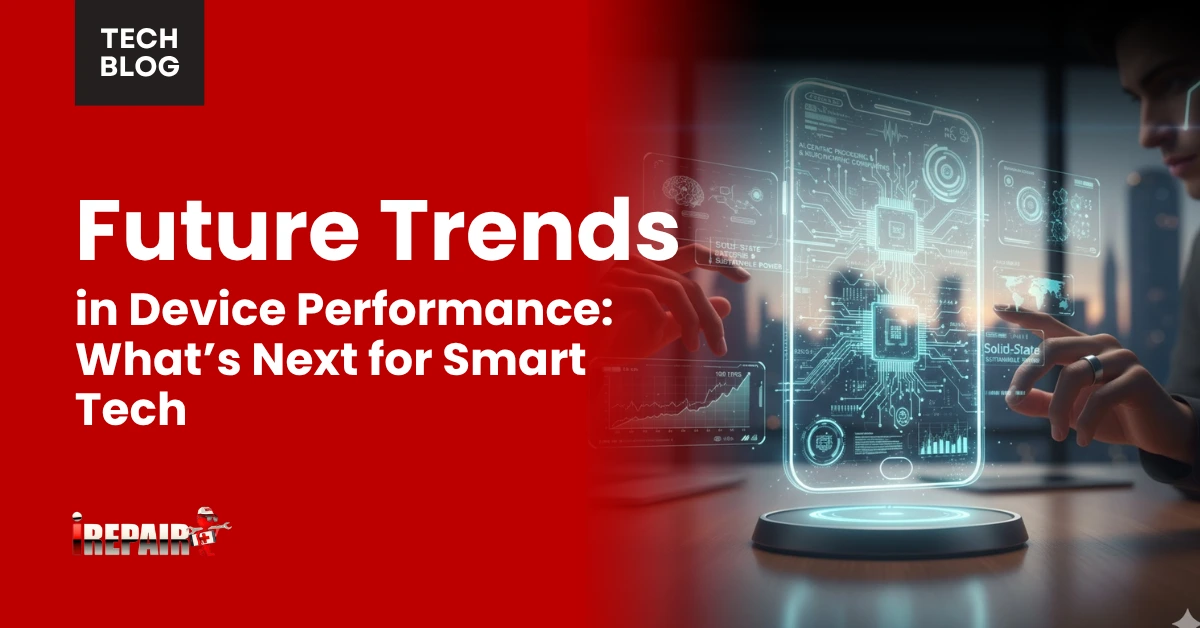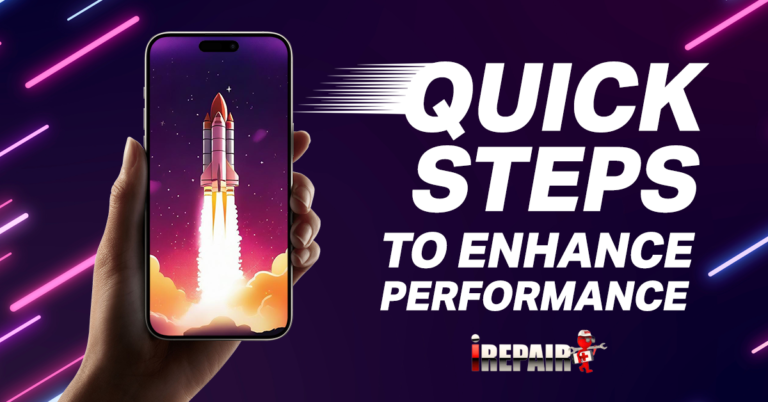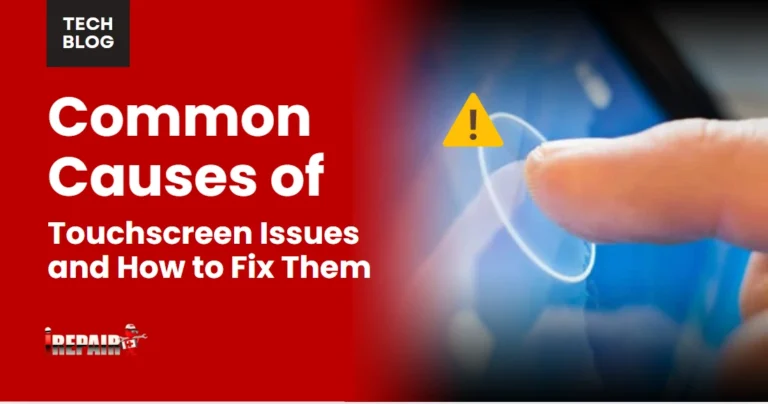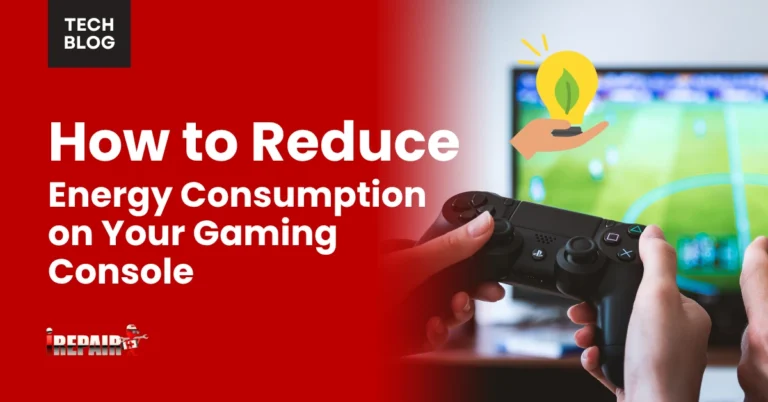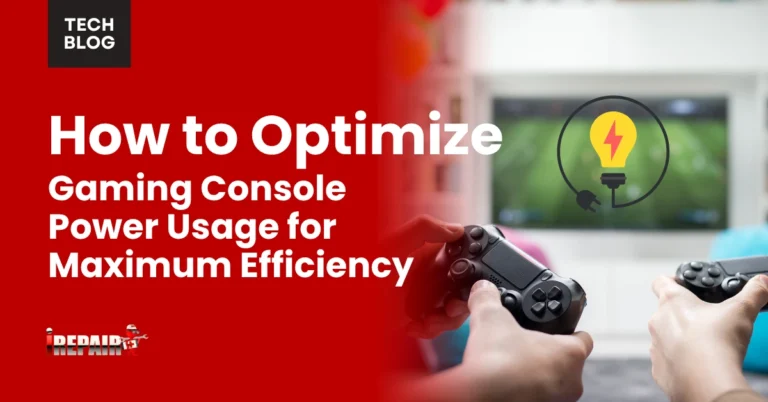Future Trends in Device Performance: What’s Next for Smart Tech
Your future devices will be radically smarter, adapting to your needs through AI-powered optimization and quantum processing capabilities. You’ll experience self-healing materials that automatically repair damage, while neural interfaces will let you control devices with just your thoughts. Energy efficiency will reach new heights as smart systems learn your habits and adjust accordingly. These transformative technologies are just the beginning of what’s coming to your everyday devices.
Adaptive AI Systems: The New Performance Paradigm
How is artificial intelligence reshaping the way our devices perform? Your smartphone, laptop, and tablet are becoming smarter by the day, thanks to AI-powered optimization that learns from your usage patterns. These systems now anticipate your needs and adjust settings automatically for peak efficiency.
You’ll notice your device’s adaptive user experience through subtle but meaningful changes. When you’re gaming, it’ll allocate more resources to graphics processing. During work hours, it’ll prioritize battery life and productivity apps. The AI continuously monitors performance metrics, making micro-adjustments to memory allocation, processor speed, and power consumption.
This intelligent optimization means you’re getting the best possible performance without manually tweaking settings. Your device fundamentally becomes a personal assistant that fine-tunes itself to match your unique workflow and habits.
Quantum Processing and Edge Computing Evolution
While traditional computing continues to evolve, quantum processing and edge computing are revolutionizing device performance in unprecedented ways. You’ll soon experience devices that leverage quantum computing’s immense processing power alongside edge computing’s real-time capabilities, creating a seamless blend of speed and efficiency.
The edge and cloud computing synergy is transforming how your devices handle data, reducing latency and enabling instant responses. As quantum technologies mature, you’ll witness processing speeds that dwarf today’s fastest computers, solving complex problems in seconds rather than years. This quantum and beyond era means your everyday devices will tap into a distributed network of quantum processors while utilizing local edge computing for immediate tasks, delivering a perfect balance of power and practicality that’ll reshape your digital experience.
Self-Healing Materials and Device Longevity
As device durability becomes increasingly necessary, self-healing materials are revolutionizing hardware longevity. You’ll soon see phones and laptops that can repair minor scratches and cracks automatically, thanks to sustainable hardware innovation in polymer science and smart materials.
These advanced materials work alongside predictive maintenance systems to extend your device’s lifespan considerably. When microscopic damage occurs, embedded sensors detect the issue, triggering molecular-level repairs before problems escalate. This technology isn’t just about aesthetics; it’s protecting crucial internal components too.
The integration of self-healing capabilities means your devices will maintain peak performance longer, reducing e-waste and replacement costs. It’s a game-changing development that’s transforming how we think about device durability and maintenance, making electronic sustainability a practical reality rather than just an ideal.
Neural Interfaces and Cognitive Computing
Beyond self-healing hardware, the next frontier in device performance lies at the intersection of human cognition and computing power. You’ll soon see neural interfaces that can translate your thoughts into device commands, revolutionizing how you interact with technology. These interfaces will enable faster, more intuitive control of your devices while reducing physical strain.
Cognitive computing systems will learn from your behavior patterns and neural responses, creating a seamless bridge between your thought processes and digital tasks. Your devices will anticipate your needs before you even express them, adjusting performance parameters based on your mental state and cognitive load. This technology isn’t just about speed – it’s about creating a more natural, responsive computing experience that adapts to your unique thought patterns and preferences.
Energy Efficiency and Sustainable Performance
With environmental concerns taking center stage, future device performance must balance raw computing power with energy efficiency. You’ll see more devices featuring energy-efficient processors that automatically adjust their power consumption based on your usage patterns and workload demands.
Sustainability and power efficiency aren’t just buzzwords anymore; they’re becoming critical features in modern devices. Your next smartphone or laptop will likely incorporate AI-driven power management systems that can extend battery life while maintaining peak performance when you need it most. These smart systems will learn from your habits, optimizing background processes and adjusting screen brightness to conserve energy without compromising your experience. Manufacturers are also developing recyclable components and eco-friendly materials, ensuring that high performance doesn’t come at the expense of our planet’s health.
Frequently Asked Questions
How Will Device Privacy Be Protected With Increased AI Integration?
You’ll see enhanced privacy protections through AI-driven security features like advanced encryption, secure enclaves, and on-device processing that keeps your data local. AI will help detect and prevent unauthorized access in real-time, while privacy-preserving machine learning techniques safeguard your personal information from exposure. You can also expect granular privacy controls and zero-trust architectures that verify every interaction, keeping your data safe even as AI becomes more integrated.
What Happens to Older Devices When New Performance Standards Emerge?
When new performance standards emerge, you’ll typically see your older devices become gradually less compatible with the latest apps and features. You’ll notice they’ll run slower and may not support newer software updates. However, you can often extend their life through optimization tools, security patches, and by using them for simpler tasks. Some devices can be repurposed for specific functions like media streaming or home automation.
Can Users Opt Out of Automated Performance Optimization Features?
Yes, you’ll typically find options to control or disable automated performance optimization features in your device settings. Most modern devices let you customize these features, from turning off AI-driven optimization to managing background processes. However, it’s worth noting that opting out may impact your device’s efficiency and battery life. You can usually find these controls under “Battery,” “Performance,” or “System” settings.
How Much Will Next-Generation Performance Improvements Cost Average Consumers?
You’ll likely see a range of costs for next-gen performance improvements. Entry-level upgrades might cost you $200-500 for basic AI and optimization features in new devices. However, cutting-edge technologies like quantum computing integration could initially cost thousands of dollars. Don’t worry, though, it’s just like with past tech advances, prices typically drop drastically within 2-3 years as manufacturing scales up and competition increases.
Will Advanced Performance Features Work in Areas With Limited Internet Connectivity?
You’ll find that many advanced performance features can work offline or with limited connectivity. Modern devices increasingly use edge computing and AI to process data locally on your device. You won’t need constant internet for features like adaptive battery optimization, predictive maintenance, or personalized performance tuning. However, you’ll miss out on cloud-based enhancements and real-time updates, so your experience might be somewhat limited in areas with poor connectivity.

